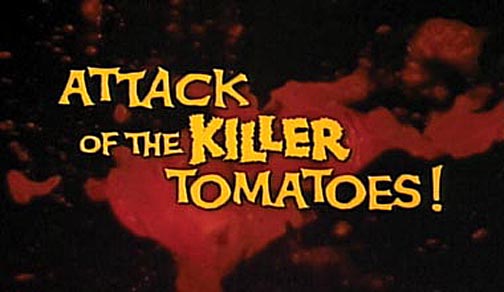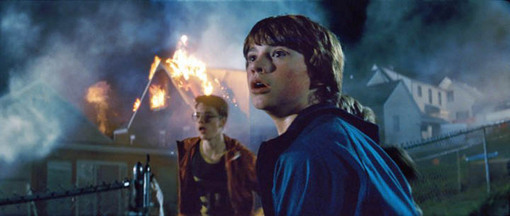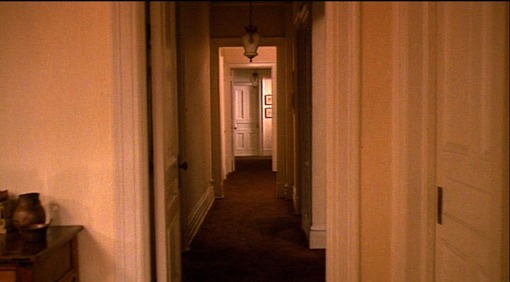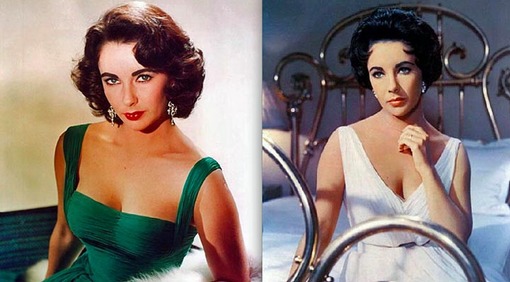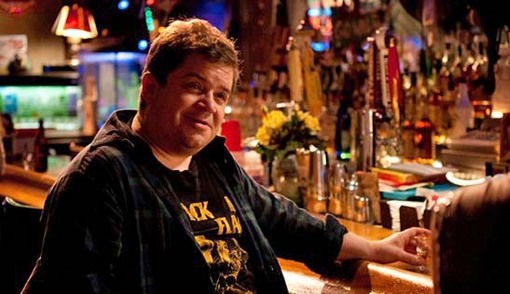View image Werner Herzog with Roger Ebert at Ebertfest 2007.
“Can you imagine 4,000 years passing, and you’re not even a memory? Think about it, friends. It’s not just a possibility. It is a certainty.”
— Jean Shepherd, 1975
In the past 72 hours, I have read two extraordinarily personal pieces of film criticism that have moved me to tears. The first is Roger Ebert’s “Letter to Werner Herzog,” and (just now), David Bordwell’s “The adolescent window.” Both miraculously distill the essence of cinephilia (or, a lifetime of intimacy with the arts and popular culture in general) into a single, eloquent piece of writing. Roger’s is, of course, devoted to his enduring relationship with the work of a single artist over many years, while David’s (though focusing on Jean Shepherd) traces a lifelong multi-media love affair with books, magazines, radio, TV, movies….
What does it mean, what does it feel like, to connect with another’s sensibility (and recognize something of yourself) in a film, or a book, or a voice? Each man approaches these questions from his own angle.
Roger Ebert directs his letter to Werner Herzog, who dedicated his most recent documentary, “Encounters at the End of the World,” to Roger Ebert. Ebert writes of Herzog’s “belief that the audience must be able to believe what it sees”:
Not its “truth,” but its actuality, its ecstatic truth.
You often say this modern world is starving for images. That the media pound the same paltry ideas into our heads time and again, and that we need to see around the edges or over the top. […]
Your documentary “Little Dieter Needs to Fly” begins with a real man, Dieter Dengler, who really was a prisoner of the Viet Cong, and who really did escape through the jungle and was the only American who freed himself from a Viet Cong prison camp. As the film opens, we see him entering his house, and compulsively opening and closing windows and doors, to be sure he is not locked in. “That was my idea,” you told me. “Dieter does not really do that. But it is how he feels.” […]
In one scene you can foresee the end of life on earth, and in another show us country musicians picking their guitars and banjos on the roof of a hut at the South Pole. You did not go to Antarctica, you assure us at the outset, to film cute penguins. But you did film one cute penguin, a penguin that was disoriented, and was steadfastly walking in precisely the wrong direction—into an ice vastness the size of Texas. “And if you turn him around in the right direction,” you say, “he will turn himself around, and keep going in the wrong direction, until he starves and dies.” The sight of that penguin waddling optimistically toward his doom would be heartbreaking, except that he is so sure he is correct. […]
I have started out to praise your work, and have ended by describing it. Maybe it is the same thing. You and your work are unique and invaluable, and you ennoble the cinema when so many debase it.
David Bordwell recalls the “Law of the Adolescent Window,” that time in our lives (roughly between ages 13 and 18) when the world, and the world of culture, opens up to us in ways that make indelible impressions:Whatever called out to you when your window opened… is likely to retain its bright purity throughout your days. What’s kitsch or cheesy or retro to others is precious to you.
Make no apologies. It’s not mere nostalgia or guilty pleasure to revisit these creations. You can return to them as to old friends. Encountering them again, you remember when you took it for granted that anything was possible in your life. Their sharp, shining lines fitted your range of vision, and mostly they still do.
Your taste was unerring. These teenage passions represent a big chunk of the finest part of you. In some secret place you are still as uncomplicated as you were then.
Go ahead. Tell us. What ecstatic truths have you seen through your window?
December 14, 2012
